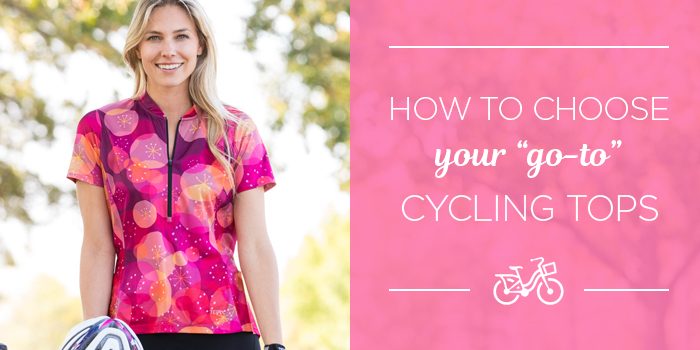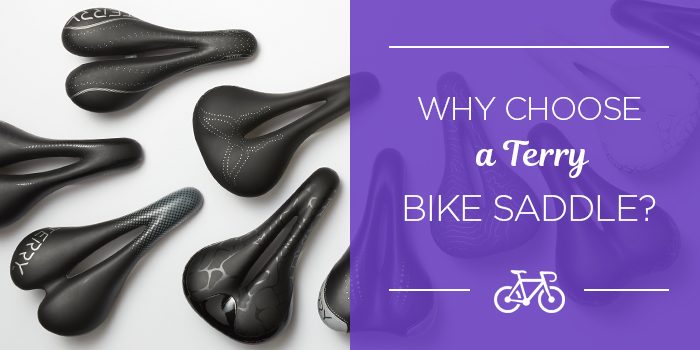The fodder for this eLetter came from this blog post:
“I won a new bike at my company picnic and I’d love to ride it, but I’m extremely afraid of popping all the tires at my weight!!!”
Here’s the quick answer — the tires will be fine. Food for thought: a 4000 pound car is supported by four tires, each with typical inflation pressures of 30 -35 psi.
But getting to this answer led me through a neat maze, full of twists and turns. Logically, I started with the sidewall markings on tires. Auto tires have a plethora of information and, in North America, are required to state the maximum load the tire can handle. But I have yet to see a bicycle tire with a load marking on it. Tire pressure range, size, yes — but no maximum load.
That doesn’t mean it hasn’t been calculated for bike tires, though. Many manufacturers have done this, but only publish it in their literature or on their website. Since we spec Schwalbe tires on most of our bikes, they seemed to be the logical company to contact for more information. Schwalbe calculates loads, but the data is currently only published for off-road tires. In the future, it may be published for road tires as well, but Schwalbe has no plans to mark the load data on the tire itself. Here’s a look at the data for one of Schawlbe’s off-road tires.
This [b]single[/b] tire can withstand a load of 140 kg (308 lbs). Pretty amazing, huh? I asked Carsten Zahn from Schwalbe for a little more information about how this was calculated. A load is applied to the wheel. The maximum load is the load that will cause the tire to deflect by 20% (that is, when the tire “drops” by 20% from its unloaded height). The test is always done with the tire at the maximum recommended inflation pressure. Remember, this is a static load. Things are very different when jumping off cliffs….
The choice of 20% as the maximum allowable deflection begged for more explanation. Schwalbe says this comes about from their experience and from a standard in the ETRTO (European Tyre and Rim Technical Organization) norm. If the tires are ridden for a long period of time at a higher defection, the sidewalls will eventually collapse.
Interesting. I wondered what the Consumer Product Safety Commission had to say about load requirements for bicycle tires. Not a lot. The only reference to loads refers to “side loads” — the wheel is turned on its side and supported around the circumference of the tire sidewall while a 450 pound force is applied to the axle for 30 seconds. During this time, the tire must stay on the rim when the tire is inflated to 110% of the recommended pressure.
But that wasn’t the end of it. The deflection issue would come back in a different context. I’m the kind of person who runs my tires at the maximum recommended pressure. I figure they’re going to lose pressure as I ride them, even if it’s only a tiny amount, so I might as well start at the top and work my way down until I re-air in seven days. (Schwalbe says to check your tire pressure monthly, which is way too long for my taste.) Besides, there’s something nice about the swish and hum of hard tires on the road. Or is there…..???
“Inflating your tires to achieve 15% tire drop will optimize your bicycle’s performance, comfort and handling.” This is the first sentence in an article by Jan Heine (see full citation below). The logic here is that even though rolling resistance is lower at higher pressures, comfort is lessened because of vibration and bouncing of the bike. By lowering the pressure, comfort improves. The trick is to find the “sweet spot” where the most comfort is achieved at the least performance cost. Download the full article here.
As you’ll see, the article contains a chart which tells the reader what inflation pressure to use given the width of the tire and the weight it bears. I tired this using my own weight and tire size, but I was off the chart! Extrapolating, I shouldn’t be riding a bike at all. (The perils of the rider with a slight build…the same thing happens to me with those BMI charts.)
Nonetheless, I lowered my tire pressure about 10% just to see what the ride was like. Hardly scientific, but the bike just didn’t seem to have its usual zing. Which made me start thinking about the “comfort” aspect of this and how dependent it is on a variety of things, like frame material, frame geometry, road surfaces, wheel construction, ambient temperatures, to name just a few. Tire resistance can be measured with a lot more accuracy than comfort. There’s nothing better than a fine ride on a fall day spent mulling over things like this.
But, coming back to our cyclist who won the bike — even though this chart was designed around a 15% deflection, she can see that she’ll be better off with a wider tire she can inflate within the recommended inflation range. A very narrow tire will have to be quite a bit overinflated to do the job. The widest tire on this chart is 37 mm (about 1.5″). Think back to the Schwalbe tire, 2.1″ wide, with a maximum inflation pressure of 55 psi and able to sustain a load of about 300 pounds. Ride yer bike and enjoy it!
Tailwinds,




Leave a Reply